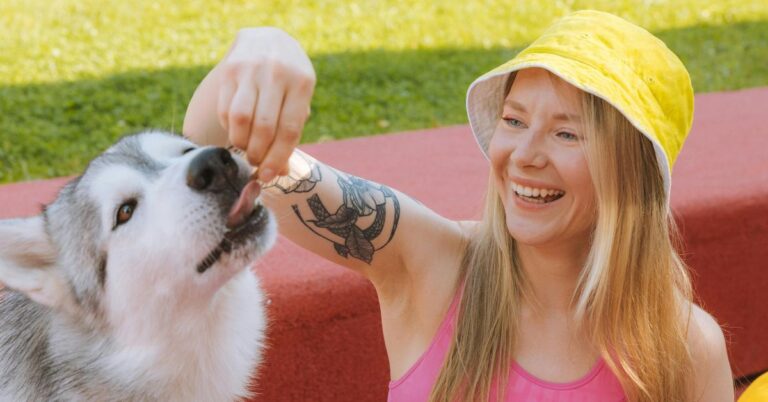30 Ways to Help Your Dog Live a Longer Life
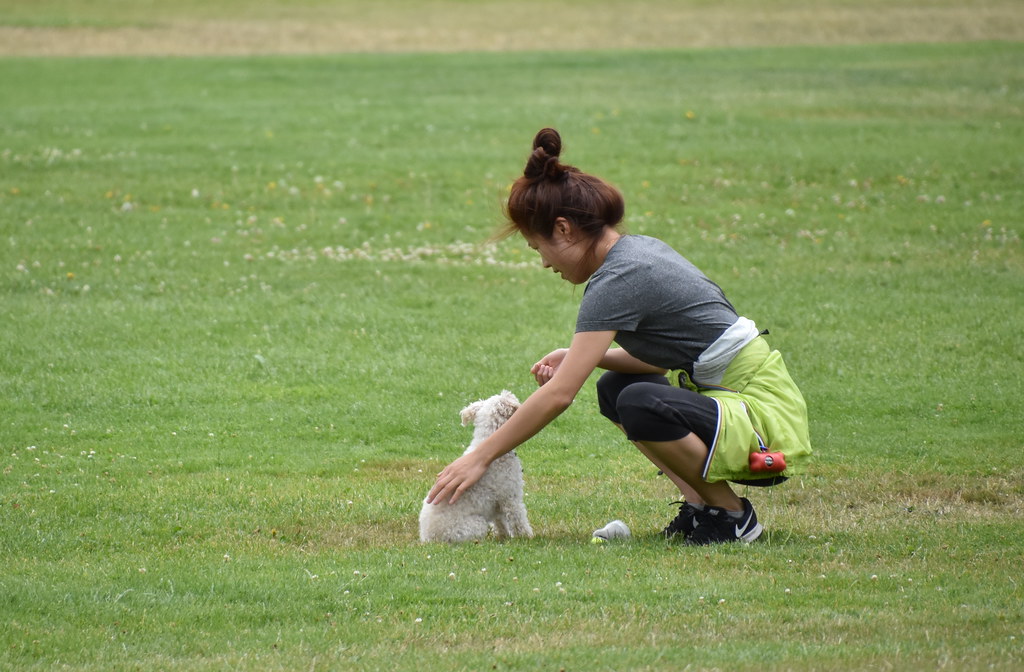
Dogs aren’t just pets—they become family. After a long day, they greet us with wagging tails, comfort us when we’re sad, and fill our lives with endless love and loyalty. Over time, they stop being “just a dog” and become our best friend, our protector, and even a part of our daily routine. But sadly, dogs don’t live as long as we do. Here are 30 ways to help your dog live a longer life.
Feed a High-Quality Diet
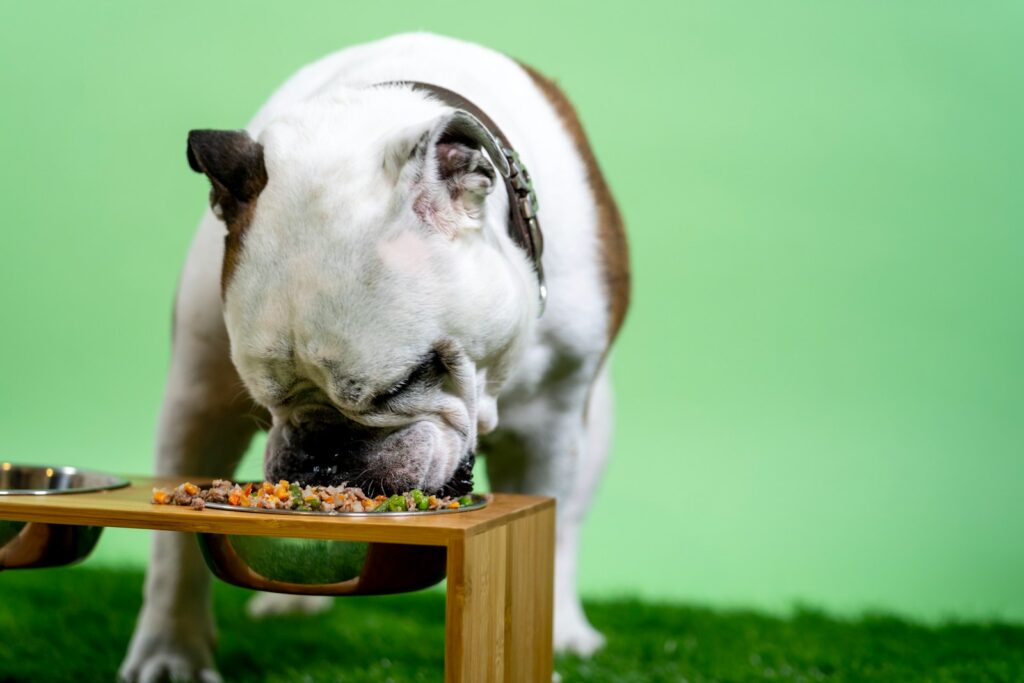
You wouldn’t live your best life eating fast food every day, right? The same goes for your dog. A high-quality diet packed with real meat, healthy fats, and essential vitamins support their immune system, keeps their coat shiny, and fuels their energy levels. Avoid fillers like corn and artificial preservatives—they add bulk but no real nutrition. If unsure, check with your vet about the best diet for your pup’s breed and age.
Keep an Eye on Portion Sizes
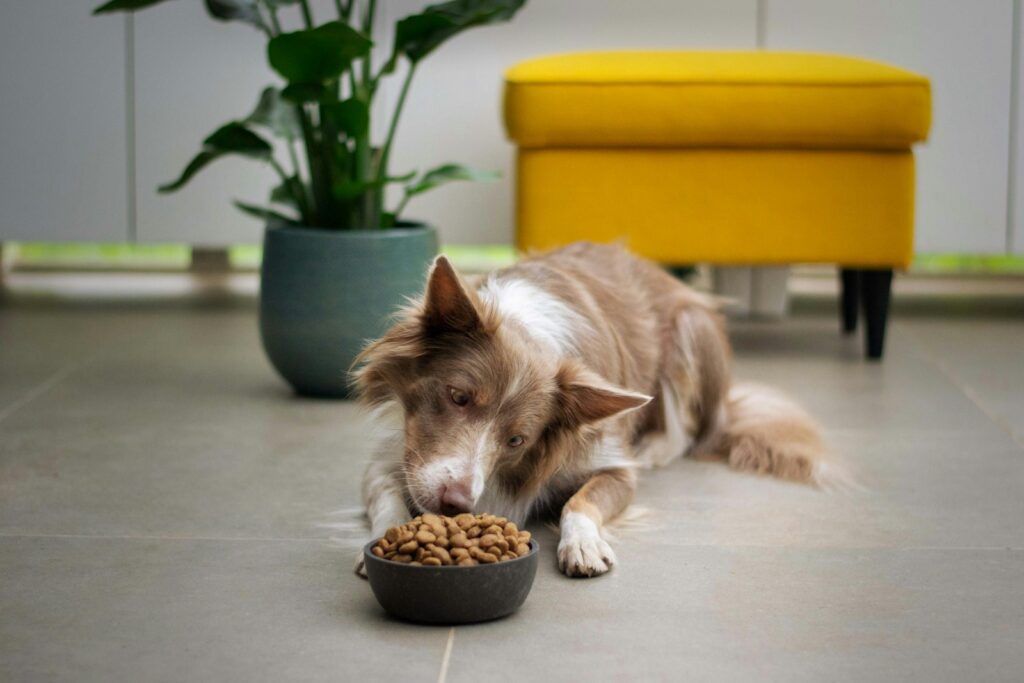
It’s tempting to give in to those big, pleading puppy eyes, but too much food can lead to obesity—and that shortens a dog’s lifespan. Extra weight strains their heart, joints, and organs, increasing the risk of diabetes and arthritis. Instead of guessing, measure their food and adjust portions based on activity level.
Provide Fresh Water Daily
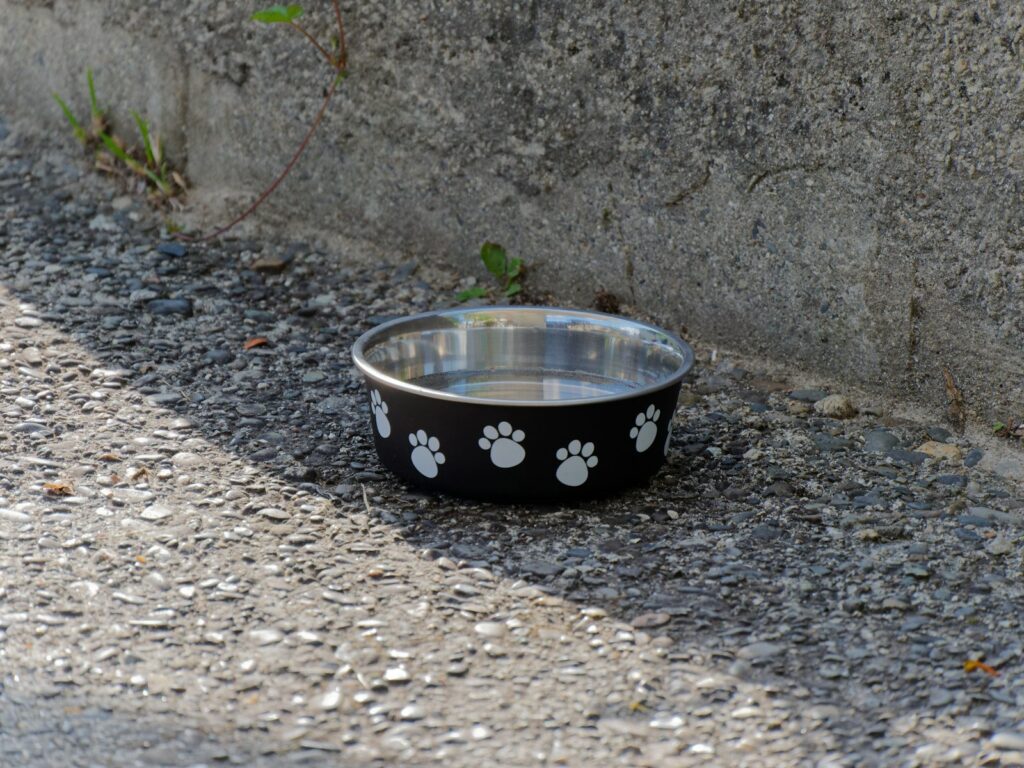
Would you drink from a dirty glass? Neither should your dog. Fresh, clean water helps with digestion, circulation, and temperature regulation. Change their water bowl at least once a day, and if you notice your dog drinking too much or too little, it could signal a health issue worth checking out. Bonus tip: In summer, add ice cubes to keep it cool.
Schedule Regular Vet Checkups

Think of the vet as your dog’s health coach. Even if your dog seems perfectly fine, underlying issues like kidney disease or dental infections can creep up unnoticed. A yearly checkup helps catch problems early. Older dogs may need twice-a-year visits. Your vet might also recommend blood tests, vaccinations, and preventive care tailored to your pup’s needs.
Stay Up-to-Date on Vaccinations

A single vaccine can save your dog’s life. Deadly diseases like parvovirus and distemper spread quickly, especially among unvaccinated pets. Even if your dog doesn’t roam much, they can still be exposed through contaminated soil or contact with other dogs. Your vet will make a vaccination schedule based on your pet’s lifestyle.
Prevent Fleas and Ticks

Fleas aren’t just annoying—they can cause anemia, skin infections and even transmit tapeworms. Ticks? They carry Lyme disease and other dangerous illnesses. Prevention is easy with vet-approved flea and tick treatments, whether it’s a monthly chewable, topical drop, or a special collar. Also, do a quick “tick check” after hikes or outdoor playtime, especially in tall grass.
Brush Their Teeth

Bad breath isn’t just a nuisance—it’s a red flag. Dental disease affects 80% of dogs over three years old, leading to painful infections and even heart disease. Brushing a dog’s teeth might sound tricky, but starting slow with dog-friendly toothpaste (never human toothpaste!) makes it easier. If brushing feels impossible, dental chews and water additives can help keep plaque at bay.
Exercise Every Day
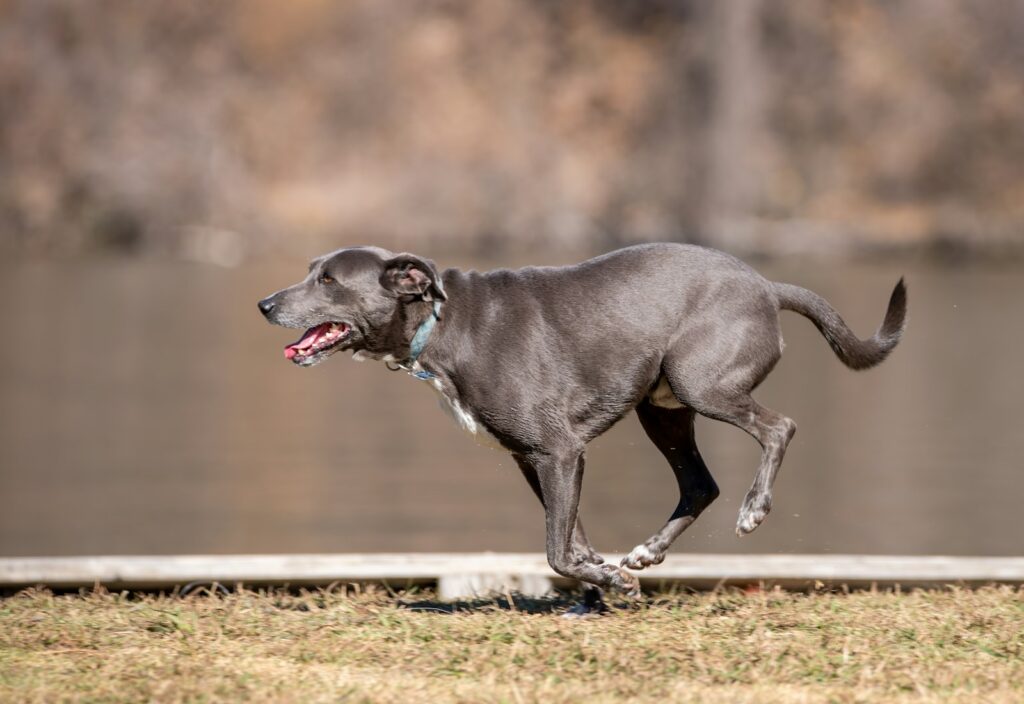
Skipping your dog’s walk isn’t just bad for their waistline—it can affect their mood, too. Pups that don’t get enough exercise can become anxious or destructive. A simple 30-minute walk can boost heart health, strengthen muscles, and improve mental well-being. Got an active breed like a Border Collie? They’ll need more than just a stroll—consider agility training or fetch sessions.
Mental Stimulation Matters

A bored dog is a mischievous dog. Digging up the garden? Chewing on shoes? They might just need more mental challenges! Puzzle toys, obedience training, and some interactive games like hide-and-seek keep their brains engaged. Even changing up their walking route can make a difference—new smells and sights are exciting for dogs.
Keep Their Weight in Check

A few extra pounds might not seem like a big deal, but even five extra pounds on a medium-sized dog is the equivalent of 20 extra pounds on a human. Obesity leads to joint pain, breathing problems, and a shorter lifespan. Instead of extra treats, reward them with belly rubs, playtime, or healthy snacks like baby carrots. If your dog is already overweight, talk to your vet about a diet and exercise plan.
Give Them Plenty of Love
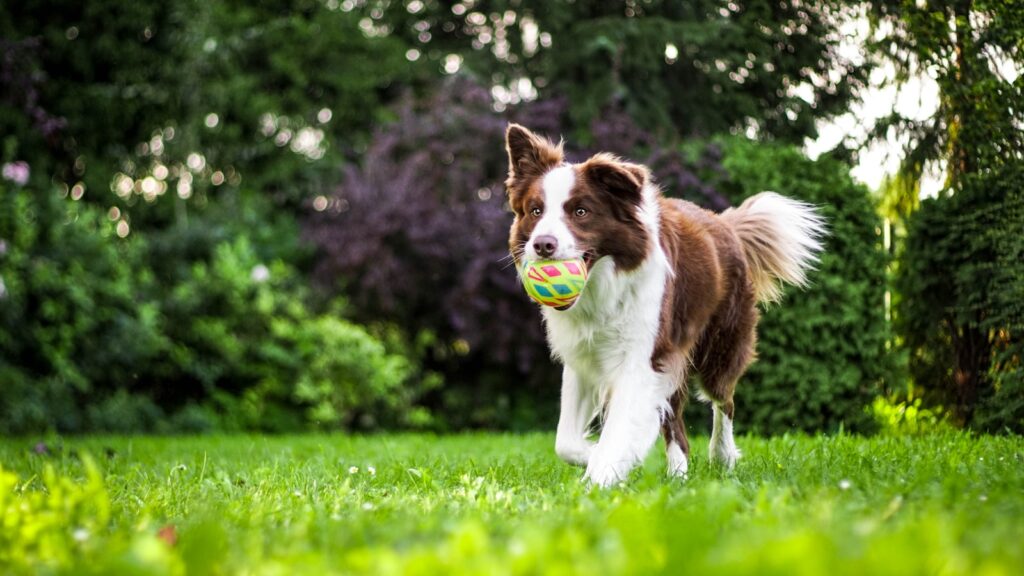
Science backs this one—dogs who receive love and attention tend to live longer! Petting your dog releases oxytocin (the “love hormone”) for both of you, reducing stress and strengthening your bond. Even just sitting together or speaking to them in a gentle voice reassures them that they’re safe and loved.
Spay or Neuter Your Dog

Beyond preventing unwanted litters, spaying and neutering have huge health benefits. Female dogs have a much lower risk of mammary cancer and life-threatening uterine infections. Neutered male pups are less likely to develop prostate issues and certain aggressive behaviors. Plus, fixed dogs tend to roam less, reducing the risk of getting lost or injured.
Avoid Harmful Human Foods

Not everything you eat is safe for your pup. Chocolate, grapes, onions, and xylitol (found in sugar-free gum and peanut butter) are toxic to dogs. Even fatty foods like bacon can trigger pancreatitis. If your dog begs for table scraps, offer a safe alternative like plain cooked chicken or a few pieces of carrot. When in doubt, check before sharing.
Keep Their Environment Safe

Dogs are curious by nature, and sometimes that curiosity gets them into trouble. Keep household cleaners, medications, and small objects out of reach. Trash cans should be secure—spoiled food or bones can be dangerous if eaten. If your dog is a chewer, make sure electrical cords are covered or tucked away. A little prevention can save a trip to the emergency vet.
Let Them Socialize
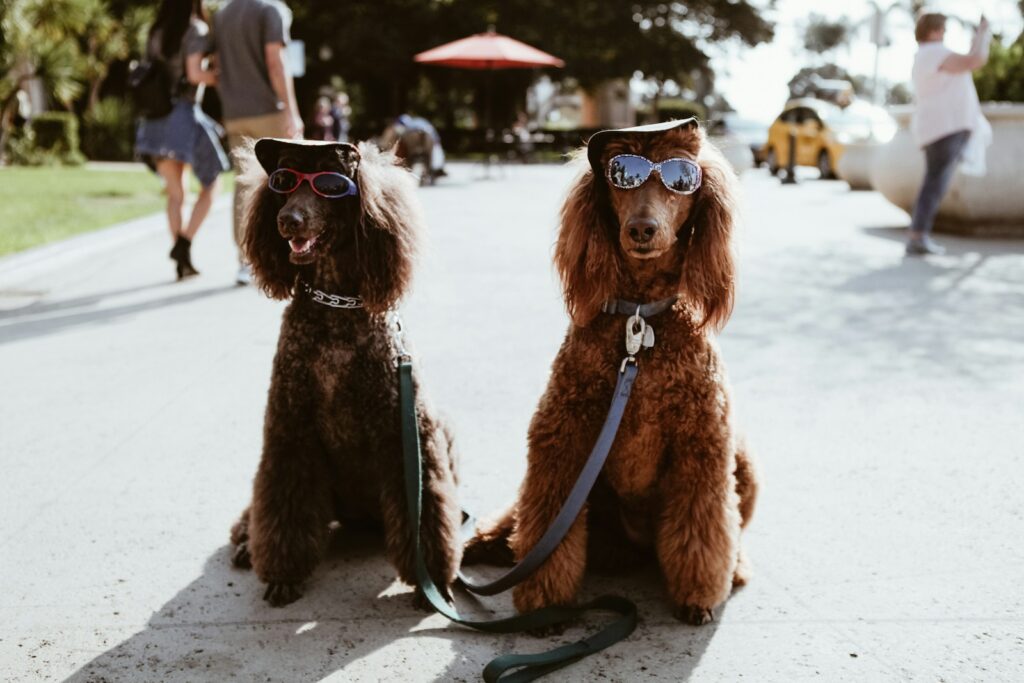
Dogs are social creatures, and daily interaction with people and other pets can improve their mental well-being. Socialized dogs tend to be less anxious, more confident, and less likely to develop behavioral issues. Start early if possible—puppy socialization classes are a great way to introduce them to different experiences, sounds, and other animals in a safe setting.
Protect Their Joints
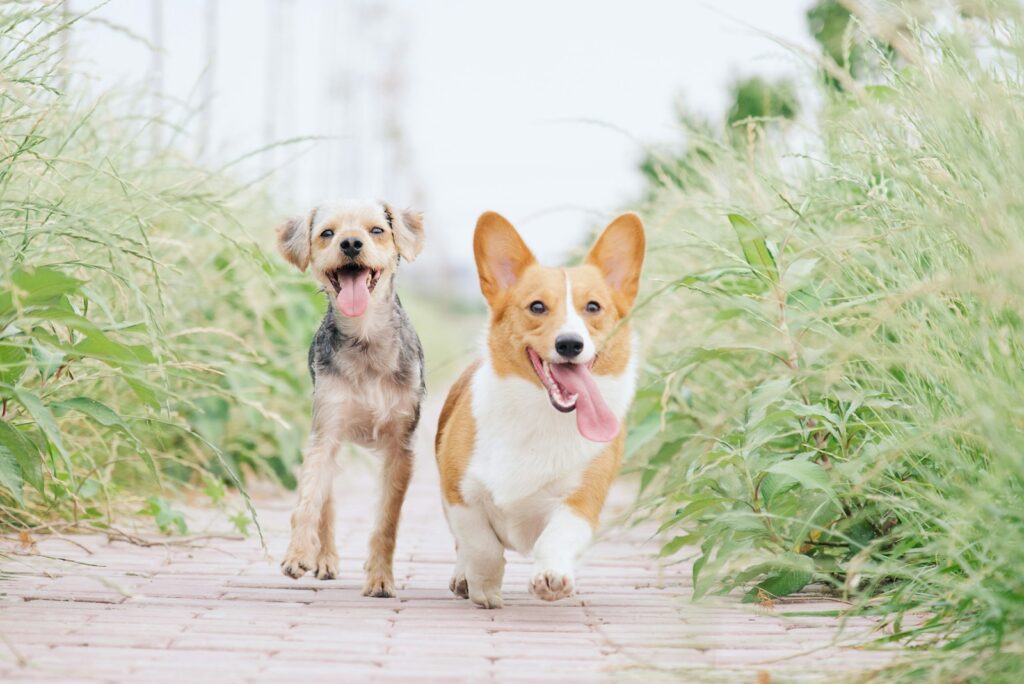
Like us, dogs can suffer from arthritis and joint problems as they age. Large breeds are especially prone to hip and elbow issues. A good diet, regular low-impact exercise (like swimming), and supplements like glucosamine and fish oil can keep their joints in top shape. If your dog is older or limping, consider an orthopedic bed to ease pressure on their joints.
Train for Safety
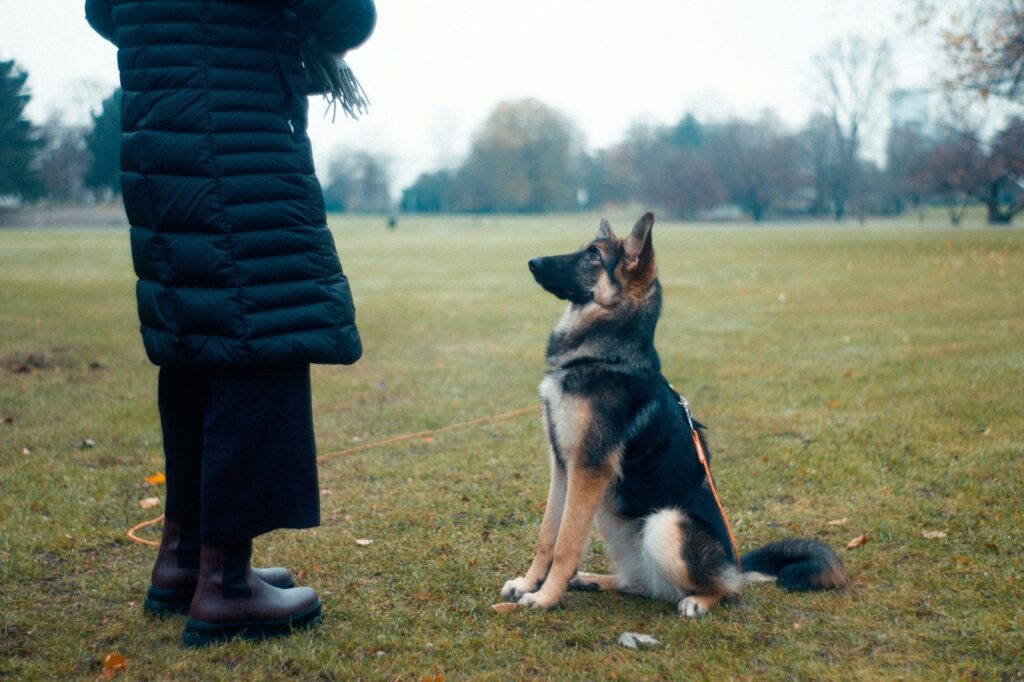
A well-trained dog isn’t just well-behaved—it’s also safer. Teaching basic commands like “come,” “stay,” and “leave it” can prevent accidents. Imagine your dog dashing toward traffic—having a solid “stay” command could save their life. Even leash training helps prevent injuries from sudden pulling. The best part? Training strengthens your bond and keeps their brain sharp.
Watch for Signs of Pain
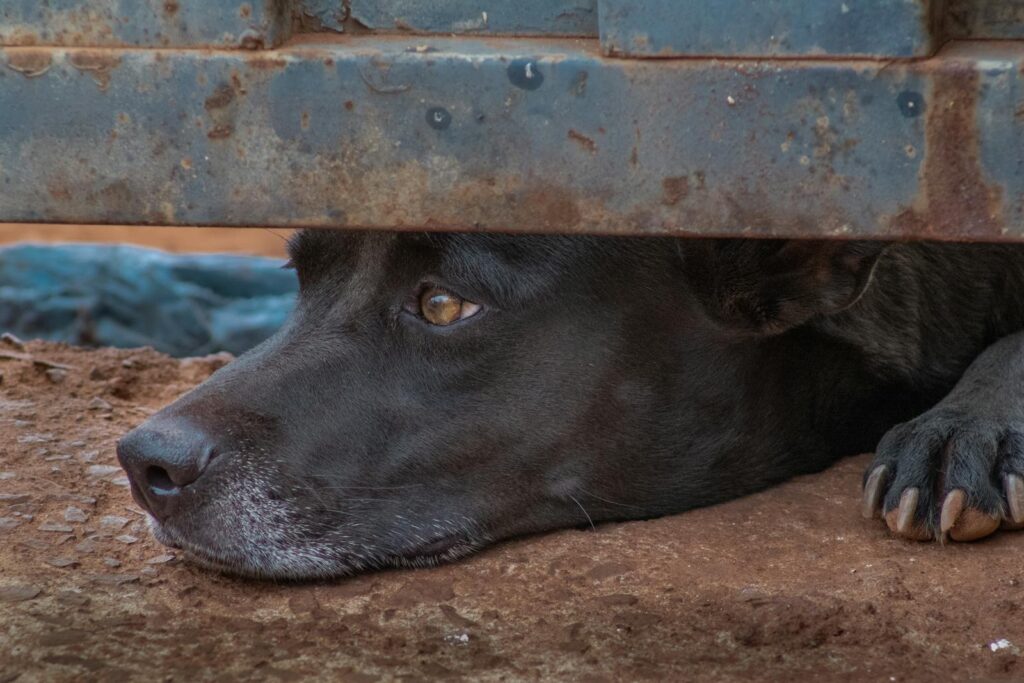
A well-trained dog isn’t just well-behaved—it’s also safer. Teaching basic commands like “come,” “stay,” and “leave it” can prevent accidents. Imagine your dog dashing toward traffic—having a solid “stay” command could save their life. Even leash training helps prevent injuries from sudden pulling. The best part? Training strengthens your bond and keeps their brain sharp.
Provide a Cozy Sleeping Spot

Sleep is crucial for a dog’s health, and where they sleep matters. A lumpy, hard surface can cause joint pain over time. Investing in a quality dog bed suited to their size and age can improve their sleep quality. Older dogs especially benefit from memory foam beds that cushion their joints. If your dog prefers sleeping in your bed, well… that’s up to you!
Protect Against Extreme Weather
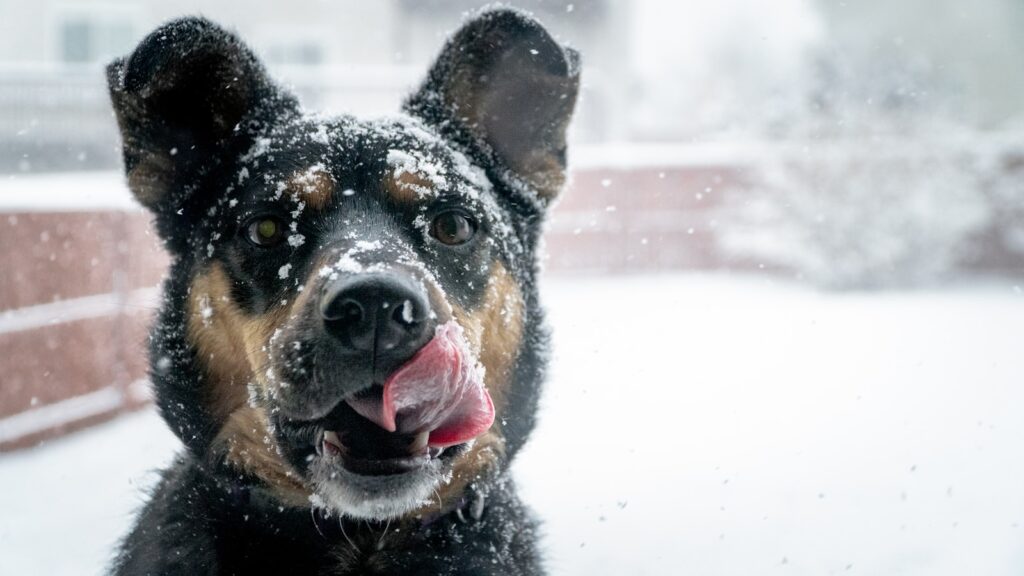
Dogs feel the elements just like we do. Hot pavement can burn paws in the summer, and freezing temperatures can cause hypothermia in winter. Short-haired breeds like Dobermans may need a coat in cold weather, while thick-coated breeds like Huskies can overheat easily. A simple rule: if you’re uncomfortable outside, your dog probably is too.
Limit Stress

Dogs feel stress just like we do, and chronic anxiety can take a toll on their health. Loud noises, chaotic environments, or being left alone for long periods can make them uneasy. Some dogs need a quiet retreat, while others benefit from calming music or anxiety wraps. If your furry baby suffers from separation anxiety, try leaving them with a toy or a piece of your clothing—it can help them feel less alone.
Offer Healthy Treats
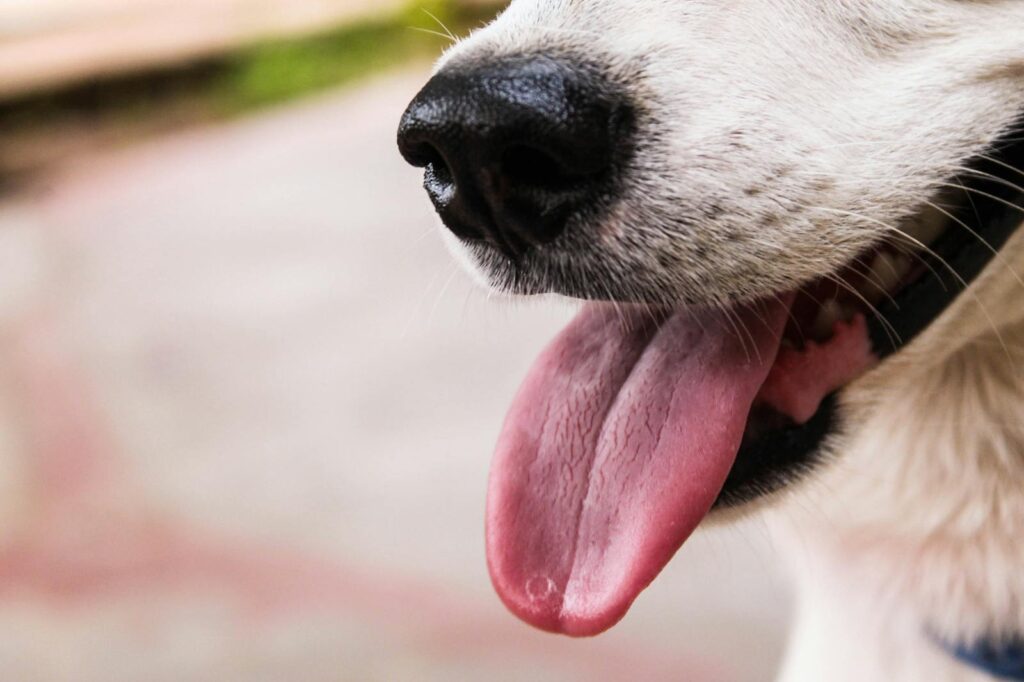
Treats are great for training and bonding, but not all snacks are created equal. Many store-bought treats are packed with artificial ingredients and unnecessary calories. Instead, try natural options like blueberries, cucumbers, or plain boiled chicken. Want to make treat time even better? Stuff a Kong with peanut butter (make sure it’s xylitol-free) and freeze it for a fun, long-lasting snack.
Give Them Space When Needed

As much as dogs love us, they also need alone time. Some dogs enjoy napping in a quiet corner or watching the world from a distance. If your pup walks away from a situation or seems overwhelmed, don’t force them to interact. Respecting their boundaries reduces stress and helps them feel safe. Even the most social dogs appreciate a break sometimes.
Check Their Paws
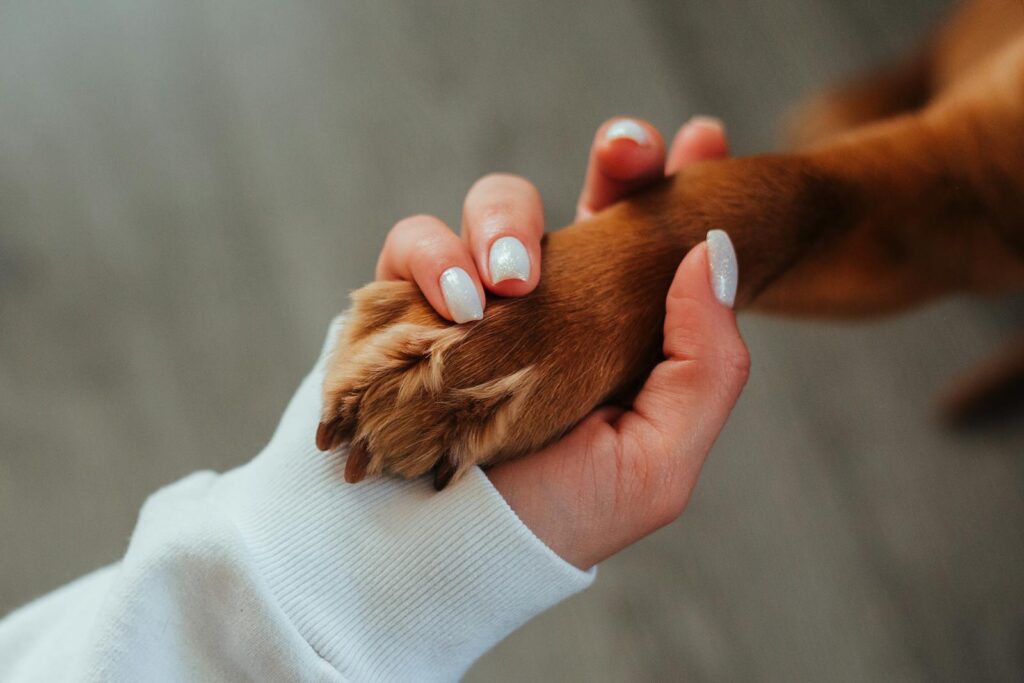
Your dog’s paws take them everywhere, but they can get injured easily. Hot pavement in the summer, icy sidewalks in the winter, or hidden thorns in the grass can cause burns or cuts. Regularly check their paws for cracks, wounds, or stuck debris. If their paws seem dry, a little coconut oil can help keep them soft and healthy.
Watch for Allergies
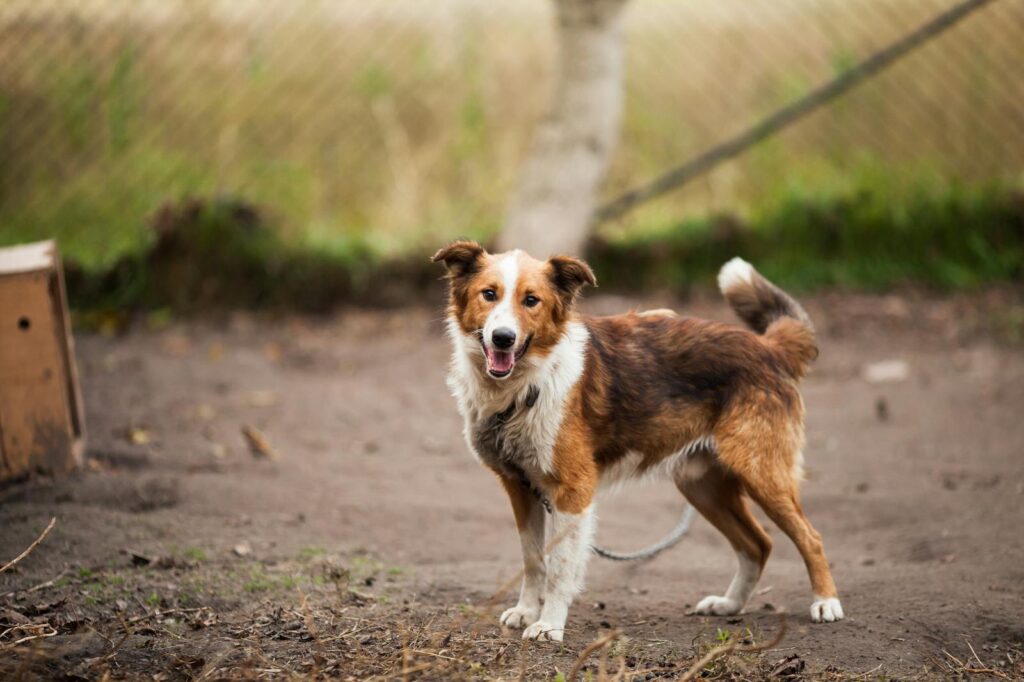
Does your dog lick their paws constantly, scratch their ears, or have a runny nose? They might have allergies! Common culprits include certain foods, pollen, dust, or even flea bites. If your dog is showing symptoms, talk to your vet—switching their diet, using hypoallergenic shampoo, or limiting outdoor exposure during allergy season can help.
Keep Their ID Updated
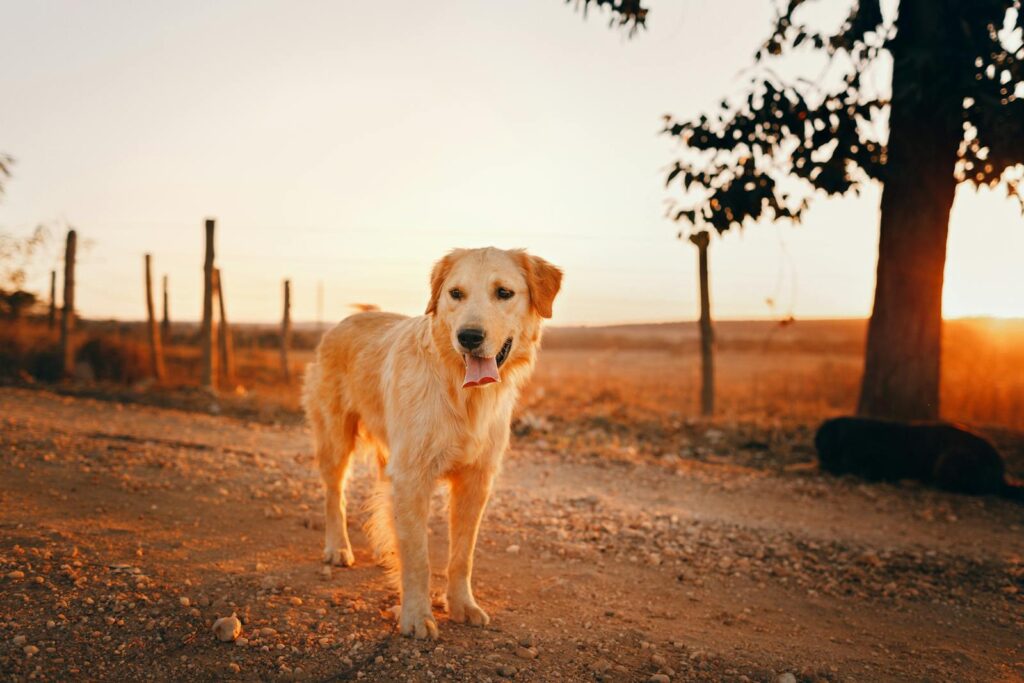
A lost dog is every owner’s nightmare. If your dog ever gets out, an updated ID tag and a microchip can make all the difference. Microchips are painless, permanent, and boost the chances of a happy reunion if your pup ever goes missing. Also, make sure your contact information is correct in the microchip registry—it won’t help if your number is outdated.
Be Careful with Medications

Human medicine is not dog medicine. Even common painkillers like ibuprofen can be toxic to dogs. If your pup isn’t feeling well, always check with a vet before giving them anything. Even some dog medications need to be given in the correct dosage—what works for a Great Dane could be deadly for a Chihuahua.
Provide Opportunities to Explore

Dogs experience the world through their nose. Letting them sniff during walks isn’t just fun—it’s mentally enriching! New smells, places, and experiences stimulate their brain, reduce boredom, and provide much-needed exercise. If possible, take them on different walking routes, visit a dog-friendly beach, or go on a hiking adventure.
Regularly Groom Them
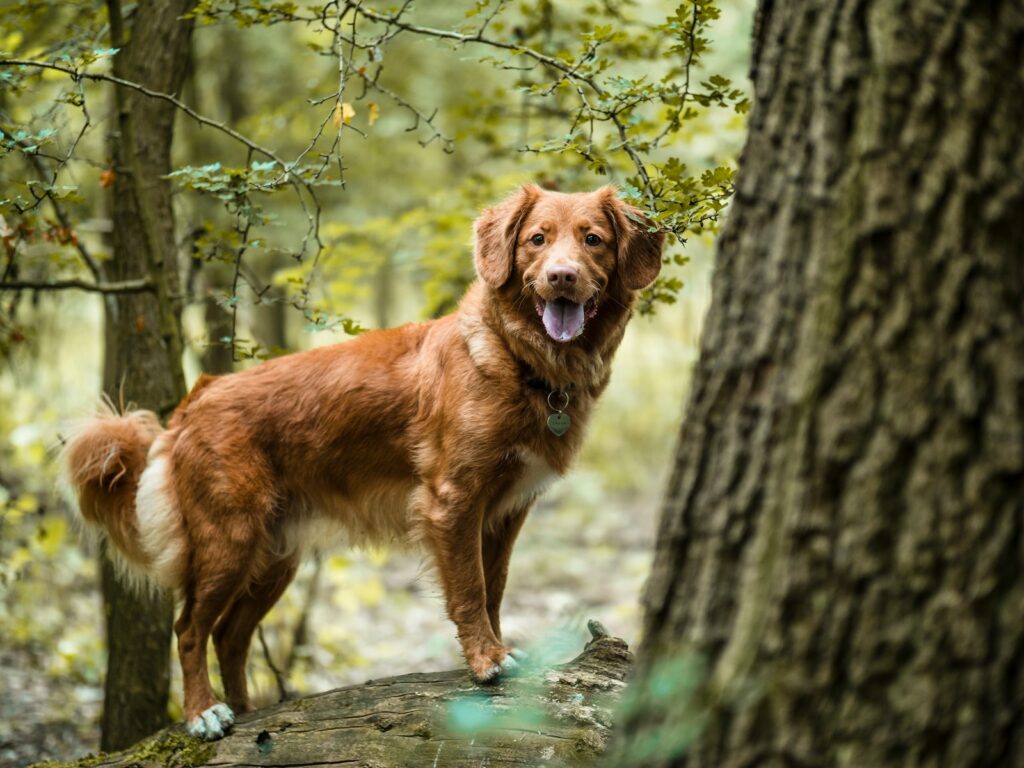
Grooming is more than just making your dog look good—it keeps them comfortable and healthy. Brushing removes dirt, prevents matting, and distributes natural oils for a shiny coat. Regular baths (using dog-friendly shampoo) keep their skin healthy. Don’t forget about nail trims—overgrown nails can make walking painful and affect posture.
Enjoy Every Moment Together

At the end of the day, the best thing you can do is simply be there for your pup. Their time with us is precious as they won’t be there with us forever. Whether it’s a walk in the neighborhood park, a game of fetch, or just lounging on the couch, cherish every single second. The happier your dog is, the longer and healthier their life will be.




